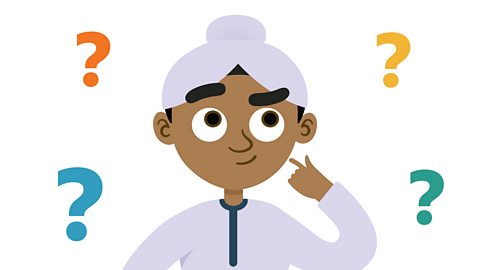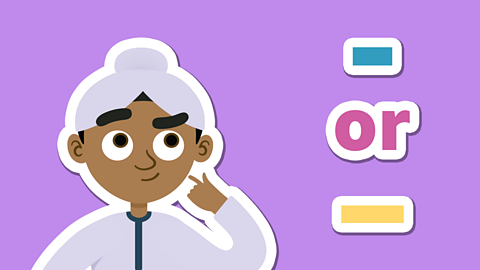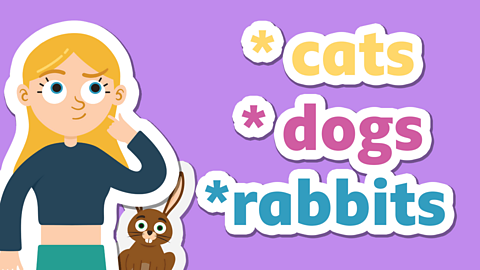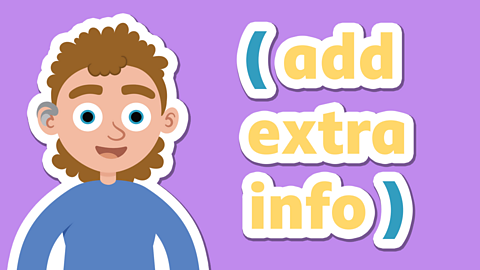What is a semi-colon?

A semi-colon can be used instead of a full stop between two related sentences. This links them together in a way a full stop doesn't.
It looks like this ;
When used correctly the semicolon can make writing clearer.
Look at this example.
Hannah loves football ; it's her favourite sport.
In this sentence, one of the clauses (‘it’s her favourite sport’) wouldn't make full sense on its own.
It needs the first clause to be completely clear, so we link the two clauses together with a semi-colon (;).

Watch: Semi-colon
How to use semicolons.
Narrator: Oh look Brain! A semi-colon.
Brain: Brain!
Narrator: Semi-colons are used to show breaks in a sentence where a comma fails to give you a strong enough pause.
But you don't want to use a full stop to end the sentence completely.
Put them together and woah a semi-colon!
A semi-colon can replace a full stop between two sentences that share a theme.
Linking them together in a way that a full stop doesn't.
Brain understands semi-colons; he's a smart guy.
Brain: Brain!
When do you use a semi-colon?
A semi-colon can also sometimes replace a co-ordinating conjunction in a sentence (words like 'and', 'but' or 'so').
For example:
Her cape is yellow and his cape is green.
Instead of using 'and', we can write:
Her cape is yellow; his cape is green. You can also use semicolons in a list
Usually, we use commas to punctuate a list, like this:
They saw seaweed, seagulls, shells, pebbles and starfish.
But when a list is made up of different groups of words, we add a colon before the list and then split up the groups of words using semi-colons.
For example:
Then Lola saw: three fishing boats; a speedboat; two divers in the water and someone watching it all from the rocks.You can also use semicolons in a list
Top Tip!
Using semi-colons in this way makes the individual items in the list stand out much more clearly.
When you're using semi-colons in a list, you don't need to put one before the 'and' that comes before the final item in the list.
Activity 1
Activity 2

Write out each of these sentences on a piece of paper, replacing the co-ordinating conjunction with a semi-colon.
1. Jay's team was the Panthers and Hannah's was the Hawks.
2. It started to rain hard but the referee told them to play on.
3. Jay's dog began barking on the touchline so his mum had to take it home.
You can check your answers in this answer sheet.

Play Crystal Explorers to get ready for SATs. gamePlay Crystal Explorers to get ready for SATs
In this game, use grammar, punctuation and spelling skills to explore jungles, caves and tombs on your mission!

More on Punctuation
Find out more by working through a topic
- count8 of 12

- count9 of 12

- count10 of 12

- count11 of 12
